The North-South high-speed railway (HSR) project is a national key project that we have to face many difficulties and challenges to implement. This article focuses on discussing technical challenges.
Mastery and independence in technology
Vietnam has no experience in building HSR and is still choosing the technology. Major countries currently operating HSR systems have mostly mastered the technology themselves and international experience shows that they also spend a long time approaching, absorbing and gradually standing on their own feet.
Technology is the golden key to the initial success of the project, because this project is a combination of many industries such as: construction, metallurgy industry, precision mechanics, digital industry, signals and control, locomotives and carriages...
Therefore, technological autonomy is the core to help domestic experts and engineers improve their capacity, research ability, self-operation and safe operation, and move towards self-repair, improvement, enhancement and optimization of infrastructure exploitation capacity. Only when we are truly "independent" in technology will this project be a Vietnamese product.
It should be noted that in the world, there are also HSR lines in some countries that have not met expectations when put into operation. For example, the HSR line connecting Seoul to Incheon International Airport in Korea closed after only 4 years of operation. Or the line connecting Taipei City with Kaohsiung City also left huge losses for Taiwan (China).
The reason is said to be due to competition from other forms of transport such as road and air.
In addition, for the HSR to operate as expected, it is necessary to have a synchronous planning of the entire infrastructure system, connecting with urban railways and other types of public transport, helping people to move easily, conveniently and at competitive costs. The urban chains along the route also need to be planned with distances and ranges to ensure effective operation.
Urban railway projects in Vietnam, when put into operation, have created new travel options for people in Hanoi and Ho Chi Minh City and have been welcomed with excitement and interest.
However, the management lessons in these projects are also great lessons and valuable experiences that we can learn from, avoid repeating in the large HSR project, limit the increase in investment capital, fall into the "debt trap" and delay, lack of synchronization in the implementation stage leading to the project finishing later than expected.
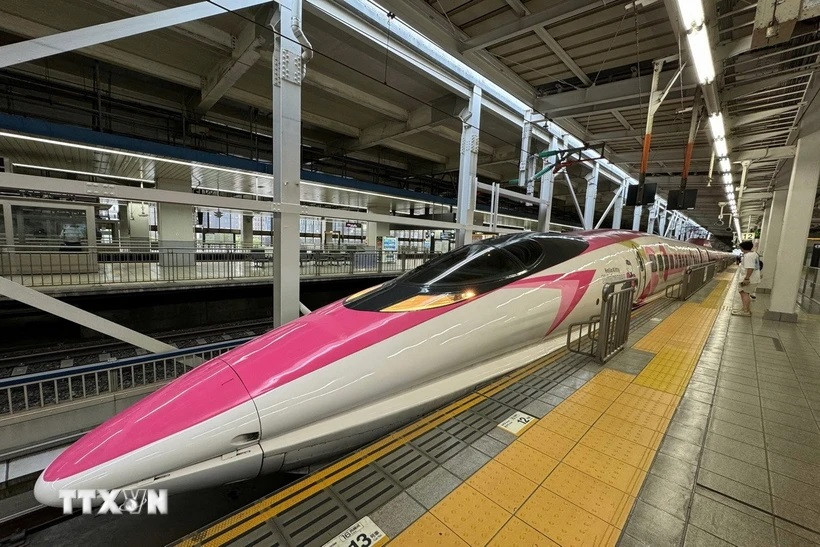
A Japanese Shinkansen train. Photo: VNA
High-speed rail experts network
In order for the North-South HSR project to be realized as quickly as possible and achieve the highest efficiency when put into operation, this article proposes some recommendations.
First, the master plan of Vietnam's HSR network.
The HSR system connects provinces and cities, connects the inner-city railway system, stretches along the North-South axis, and together with other traffic corridors, creates a synchronous and complete traffic system for the country.
However, our HSR system needs to integrate and connect with countries in the region and reach the international level. That is, the question of how to make “Vietnamese trains” run on other countries’ land and vice versa will be one of the clear evidences for “international integration” in the new situation as set out in Resolution No. 59-NQ/TW.
In addition, within the framework of cooperation on “two corridors, one belt” and the “Belt and Road” initiative, connecting Vietnam’s railway infrastructure and traffic with China is also a factor that needs to be considered when put into operation.
It should also be noted that after the China-Europe railway comes into operation, activities, turnover and trade between Vietnam and China, Russia, Central Asia, the Middle East and the European Union are expected to increase sharply.
That means Vietnamese exported goods can reach further and faster in the world, increasing Vietnam's current trade turnover, increasing globalization, and reducing dependence on a few large markets as at present. In the opposite direction, world goods also come to Vietnam more quickly, conveniently and diversely.
Second, build a set of standards for making HSCT.
Currently, Vietnam has a number of standards on HSR but mainly focus on infrastructure and railway structures such as TCVN13342:2021 on high-speed railway design - route design parameters. However, the high-speed railway system is highly interdisciplinary and synchronous, related to different specialties such as mechanics, electricity, electronics, signal information, train control.
Therefore, the development of standards and regulations for high-speed railways is very important, needs to be carried out early and must ensure harmony between the short-term and long-term, between economic factors and national security and defense, thereby serving as a basis for selecting technology and partners.
Building a set of regulations and standards is also an important reference document, demonstrating the autonomy and technological independence of domestic experts and engineers in developing science and technology, transferring and mastering as in the spirit of Resolution No. 57-NQ/TW.
Third, establish a network of high-speed rail experts.
Recently, the Network of Overseas Vietnamese Nuclear Energy Experts (VietNuc) was launched and has attracted and gathered a large number of Vietnamese people with experience in this field.
Similar to nuclear power, our country does not have HSR, however, with the number of international students studying in developed and advanced countries over the years, many Vietnamese have been working in the field of HSR. This force, together with the team of domestic experts and engineers, will make an important contribution to the implementation of HSR projects.
Therefore, when the HSR expert network is established and recognized by ministries such as the Ministry of Science and Technology or the Ministry of Construction, it will participate in consulting, criticizing, and contributing ideas to HSR development programs, policies, and projects in a scientific, objective, and constructive spirit. Especially in the context of digital transformation, green transformation, and carbon credit reduction in HSR that are taking place rapidly and strongly in countries in the European Union and around the world.
Opinions from the HSR expert network are also a reference channel for management, construction, knowledge sharing and mutual learning. Furthermore, the network also connects with foreign experts, corporations and prestigious companies in the world that are ready to support, transfer technology, build teams, and foster capacity for domestic experts in the project processes: construction, operation, and maintenance.
Fourth, enhance the role of corporations and private enterprises.
The participation of domestic corporations and private enterprises is necessary in this project, because of their contribution in many aspects such as: investment and infrastructure development, provision of technological equipment, operation and commercial exploitation. Many private corporations in Vietnam have also spoken out about participating in the project.
This shows that private enterprises are ready to shoulder the great responsibility of the nation and country and is in line with the spirit of Resolution No. 68-NQ/TW. The participation of private enterprises also promotes the development of science and technology, innovation, digital transformation, green transformation, effective and sustainable business.
We do not have much experience in implementing a large-scale national infrastructure project and handing it over entirely to a private corporation for management.
In France, the French railway group SNCF is a state-owned enterprise, completely controlled by the state, although its subsidiaries have been restructured to comply with competition regulations in the European Union. Similarly, China National Railway Group (CR) is a state-owned enterprise with 100% state capital and divided into subsidiaries for management.
In Japan, after the dissolution of the Japan National Railways (JNR) in 1987, the HSR is now privatized and operated by a company belonging to the JR Group with a strict legal framework and high public responsibility.
In our country, there is no private enterprise with experience in this field. Therefore, assigning to private enterprises is the right direction along with management by strict legal corridors with mechanisms, sanctions and high responsibility, good management capacity.
The State still participates, directs, manages and needs to select enterprises with good capacity, following the motto "3 hearts and 3 horizons", specifically having the desire to contribute, passion for the country, dedication to contribution and long-term vision, large stature and good screening.
In addition, the ability to cooperate internationally is also a factor to evaluate the capacity of enterprises, ensuring that assigned tasks are completed on schedule, with high quality, without getting bogged down and increasing capital in the spirit of "not sure of victory, do not fight".
Finally, Resolution No. 66-NQ/TW is a legal corridor for innovation in law-making and enforcement to meet the requirements of national development, creating great conditions for the development of the 5-house model, including: schools - researchers - investors - businesses and the state.
The ecosystem of 5 houses creates a solid foundation for the development of science and technology, self-sufficiency in high technologies, breakthroughs in development, creating great strides and leaps for key national projects, including the North-South High-Speed Railway project.
In Europe, France is the pioneer in this field of HSR with the operation of TGV trains in the 1980s reaching a maximum speed of 350 km/h, significantly reducing travel time between cities.
Currently, countries in the European Union have an extensive railway network, considered the "circuit board of Europe" with the ability to connect, move and transport easily and is the first choice of travel for every citizen.
In Asia, many countries have owned HSR networks and have had remarkable success, the maximum speed of high-speed trains is increasing like Shinkansen (Japan).
In China, the dream of high-speed rail has been realized thanks to specific policies and drastic actions through the "Accelerate" campaign since 1997. Up to now, China has had a widespread high-speed rail network, is self-sufficient in technology and is gradually reaching out to the world, especially in Southeast Asian countries.
ASEAN countries are also racing towards HSR. Indonesia will launch its first HSR line in 2023 with China's support under the Belt and Road Initiative.
Thailand has also been building its own HSR system. Laos has a new railway system, although the speed is still limited to under 200 km/h, it has somewhat changed the face of transportation in this country.
This shows that HSR has been, is and always will be playing a leading role in the form of transportation, transporting goods and passengers in countries around the world.
* Author Associate Professor Dr. Tran Le Hung is working at Gustave Eiffel University, France.
Vietnamnet.vn
Source: https://vietnamnet.vn/chia-khoa-vang-de-du-an-duong-sat-cao-toc-bac-nam-thanh-cong-2407119.html








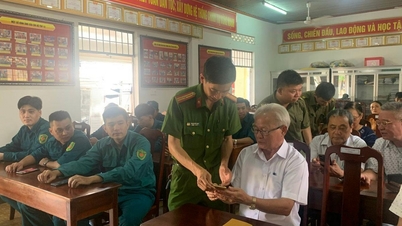



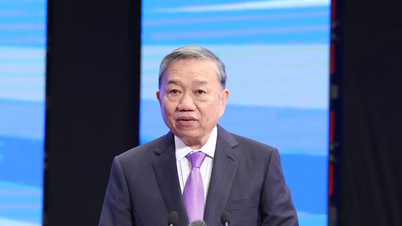








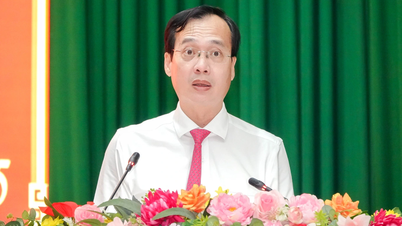



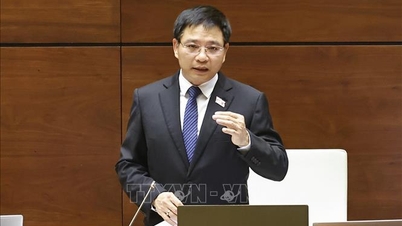







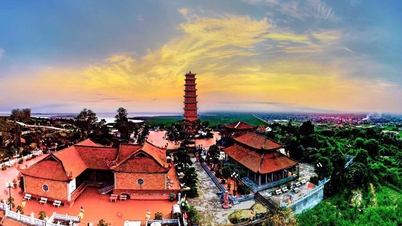



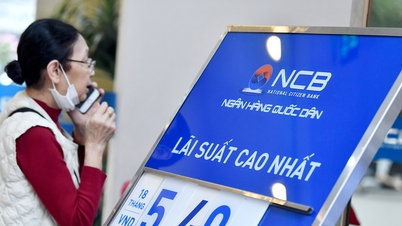


![[Photo] General Secretary To Lam and National Assembly Chairman Tran Thanh Man attend the 80th Anniversary of the Traditional Day of the Vietnamese Inspection Sector](https://vphoto.vietnam.vn/thumb/1200x675/vietnam/resource/IMAGE/2025/11/17/1763356362984_a2-bnd-7940-3561-jpg.webp)




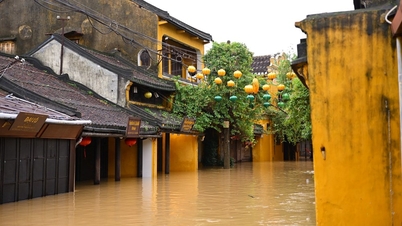

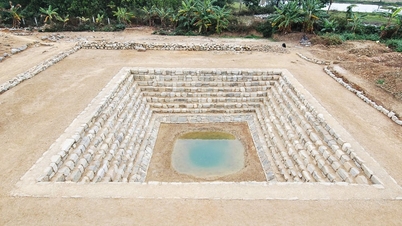

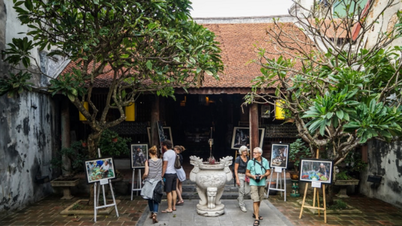

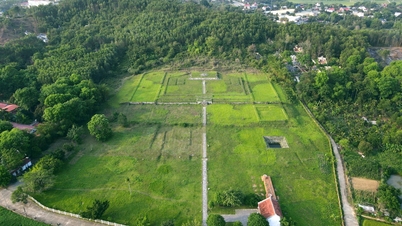














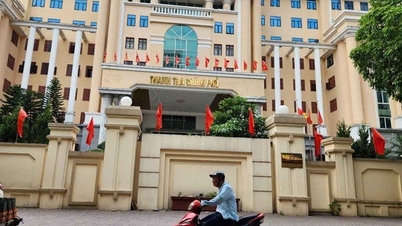







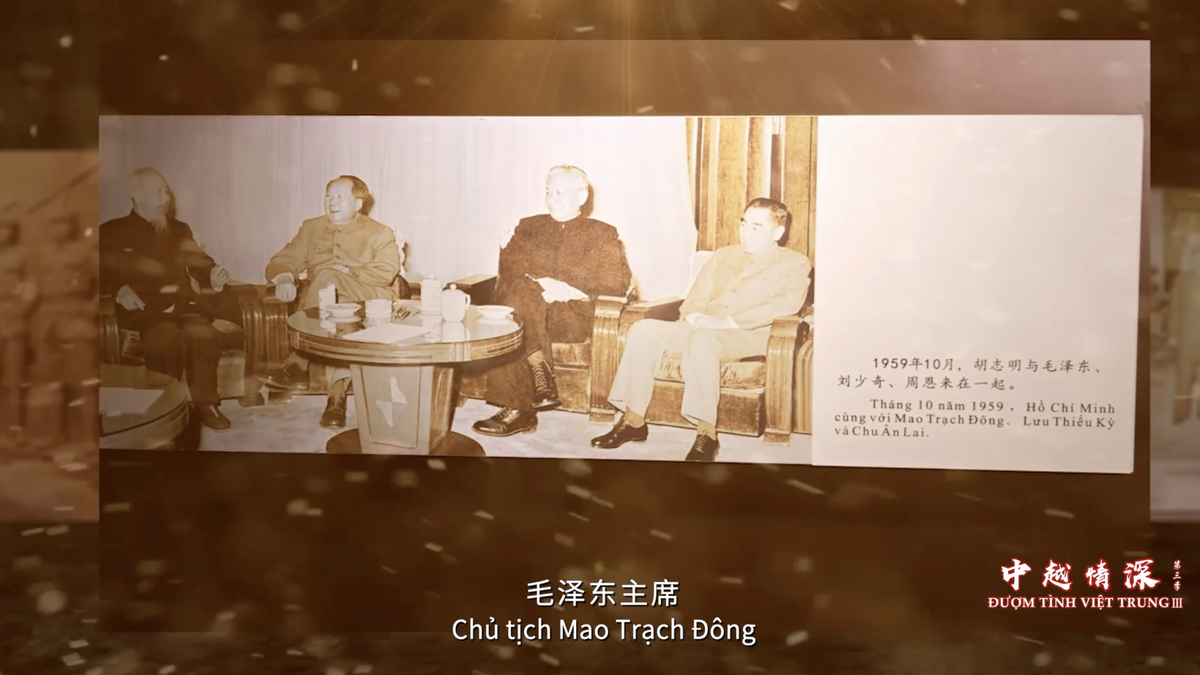




















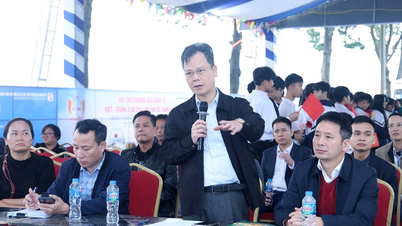







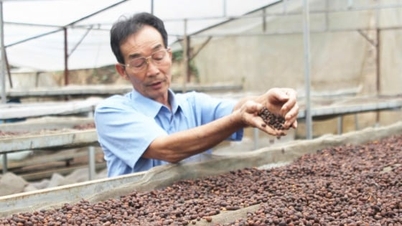
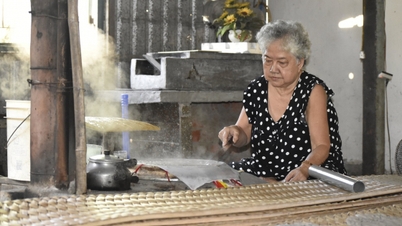








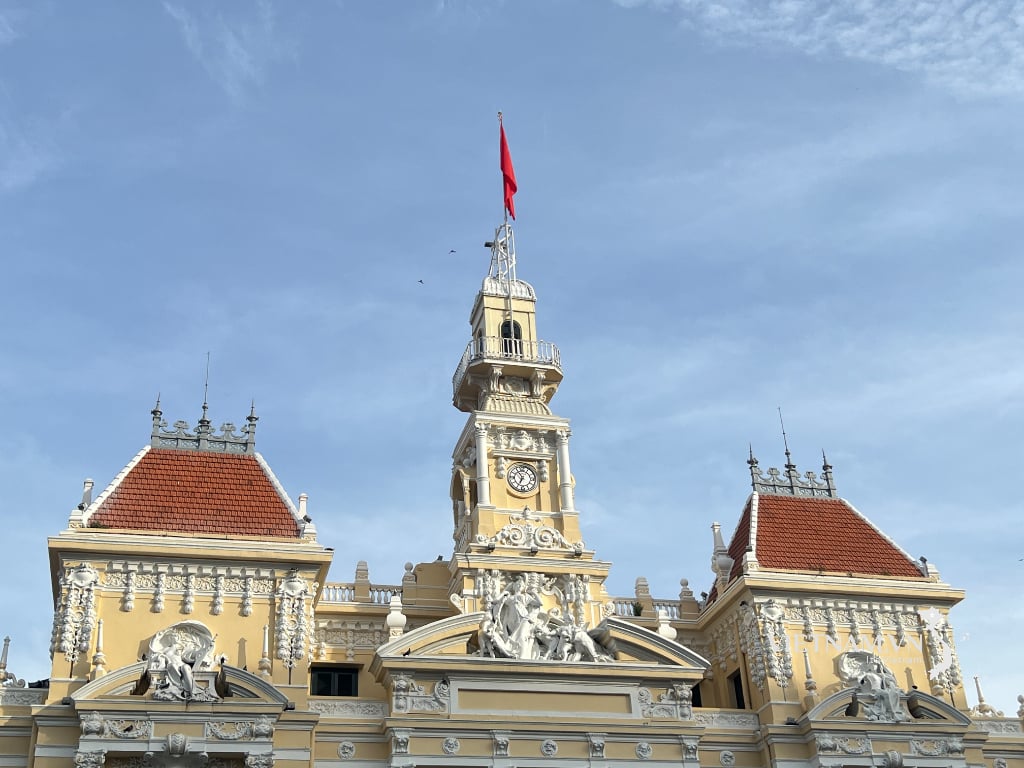
Comment (0)